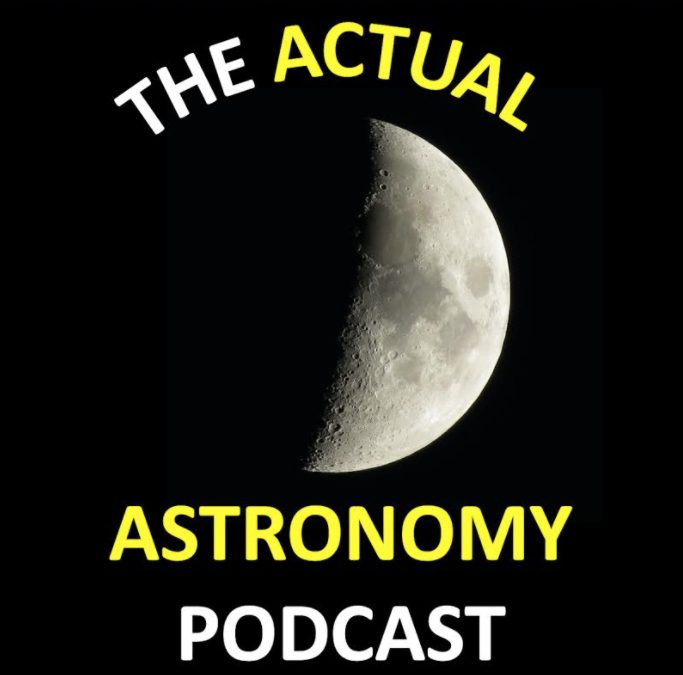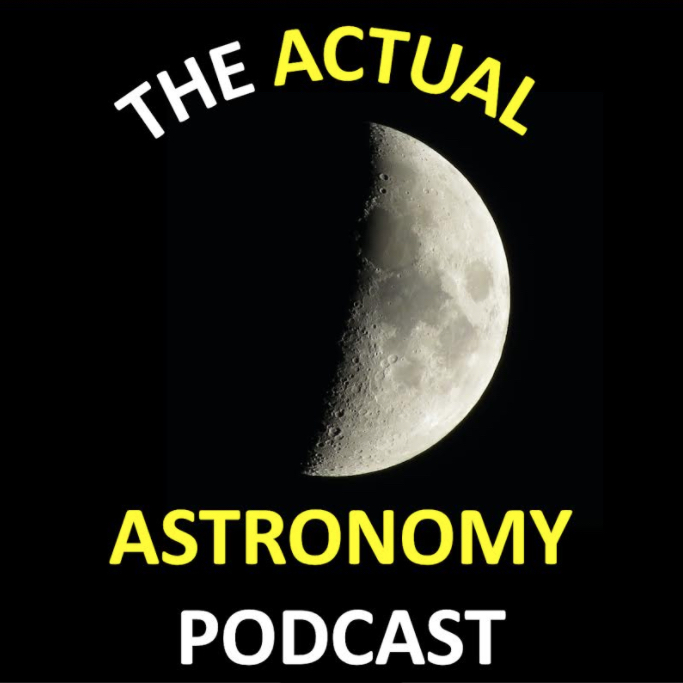This episode @ActualAstronomy focus on the serpent bearer constellation & the amazing deep sky sights you can find in late spring. More at #365DaysOfAstro


This episode @ActualAstronomy focus on the serpent bearer constellation & the amazing deep sky sights you can find in late spring. More at #365DaysOfAstro

The Actual Astronomy Podcast presents Objects to Observe in the May 2021 Night Sky. Aside than planet, we also highlight We also talk about the Eta Aquarid Meteor Shower, a variable star and Super Blood Moon Lunar Eclipse.

The @ActualAstronomy presents Variable Star Observing with Dr. @stellakafka from @AAVSO. Whether you own a telescope, astro-imaging gear or just like looking up, let’s learn how to contribute in astronomy!

The Actual Astronomy Podcast presents Objects to Observe in the April 2021 Night Sky and places a focus on sky events like the Lyrid meteor shower and a possible telescopic comet coming into view.

This episode places a focus on these three well placed late winter / early spring constellations and the best deep sky objects you find. We discuss several clusters, nebula and double stars.

The Actual Astronomy Podcast presents Objects to Observe in the March 2021 Night Sky and places a focus on sky events to help you find the planets as Jupiter, Saturn, Mercury, Mars and Uranus as they meet up with the Moon.

The Actual Astronomy Podcast presents An Introduction to Deep Sky Objects. Chris and Shane will walk you through the different types of “Deep Sky Objects” frequently observed through amateur telescopes including Star Clusters, Nebula and Galaxies plus some of the best examples of each type of object.

The Actual Astronomy Podcast presents Episode 89 – Objects to Observe in the February 2021 Night Sky. This month we track down the planets Venus, Jupiter and Saturn as they group together in the morning sky. We give step by step instructions for finding Uranus and Mars using the Moon and bring you up to date on what comets are on the horizon.

Have you ever wondered what a Conjunction is or what an Occultation means? In this episode @ActualAstronomy define many of the astronomical terms and phrases

The Actual Astronomy Podcast presents Deep Sky Observing in Orion, Taurus and Perseus a tour of the winter sky and what can be seen through binoculars and telescopes.